How Long Does PPF Installation Take?
PPF installation times vary dramatically based on coverage area: partial applications require 1-3 hours, while full-body installations demand 2-7 business days.
Coverage-Based Timeline
Partial coverage targeting high-impact areas like bumpers and mirrors typically takes 1.5-3 hours for completion. However, full front-end applications covering hood, fenders, and front bumper extend to 3-5 hours due to increased surface complexity. This represents the most popular choice among consumers seeking comprehensive front protection.
Complete vehicle wraps require the most significant time investment, spanning 10-15 hours of active work typically spread across 2-7 business days. A standard sedan may complete installation in 4-6 hours, while larger SUVs or complex sports cars can require 8-10 hours or more. Contrary to popular belief, installation isn't simply about applying film; it involves meticulous preparation, precision cutting, and quality control phases.

Critical Process Phases
Preparation work consumes 1-2 hours and involves thorough surface cleaning, decontamination, and paint correction if necessary. This results in optimal film adhesion, as any contaminants compromise bonding quality. Professional installers emphasize that proper preparation directly impacts long-term durability.
Film application demands 3-5 hours for standard installations, requiring specialized squeegee techniques to eliminate air bubbles and ensure seamless coverage. Experienced installers work approximately twice as fast as newcomers while maintaining quality standards. Complex vehicle contours with intricate curves significantly extend application time.

Curing Considerations
Post-installation curing represents a critical 24-48 hour period where film fully adheres to paint surfaces. Although this phase doesn't require active work, vehicles must remain in controlled environments avoiding harsh conditions or washing. Some premium films may require up to two weeks for complete curing, depending on environmental factors like temperature and humidity.
Implementation advice: Schedule installations during favorable weather conditions to minimize complications and ensure optimal results. Professional installation justifies extended timelines through superior quality control, warranty coverage, and specialized equipment access unavailable to DIY approaches. The investment in proper installation time directly correlates with long-term protection effectiveness and aesthetic outcomes.



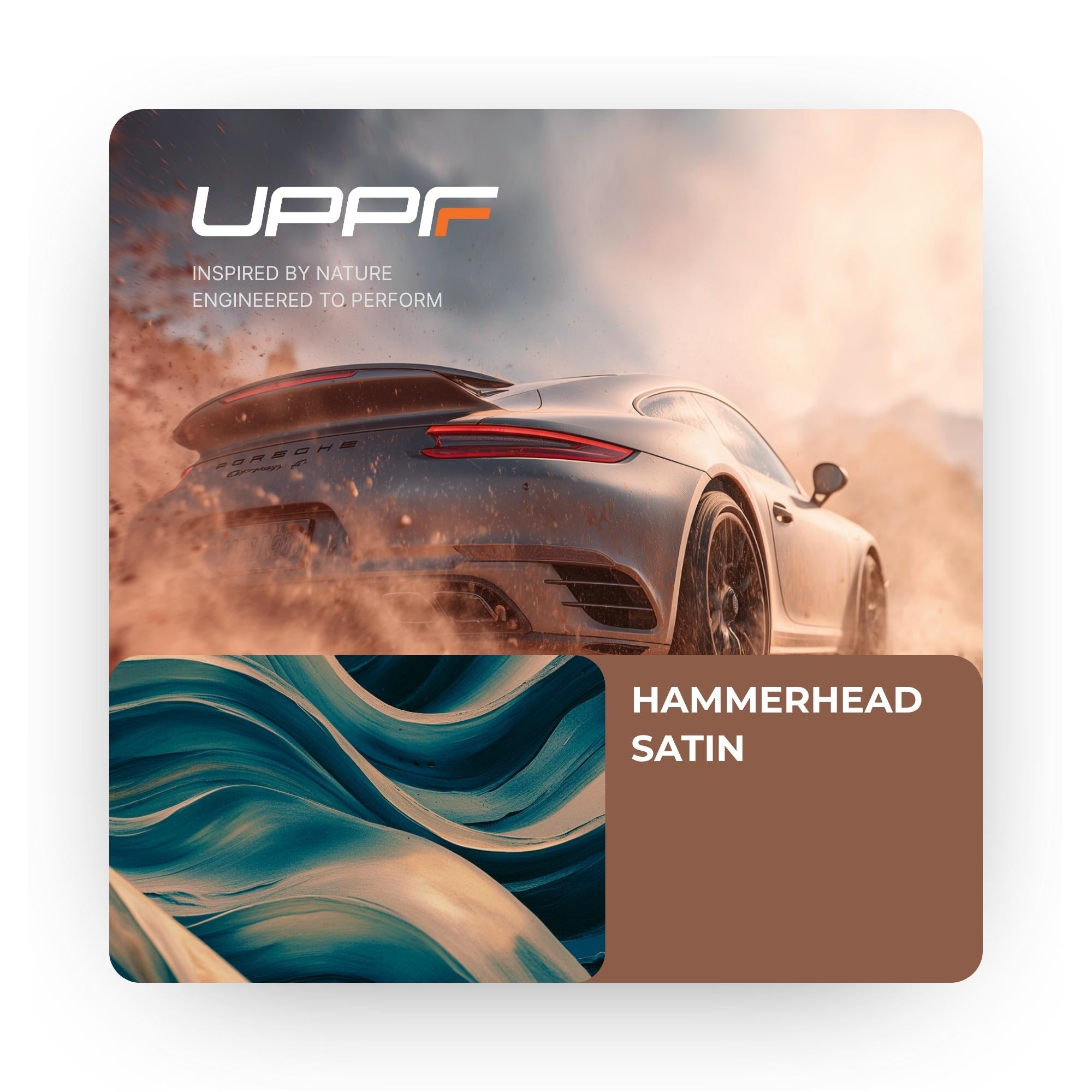
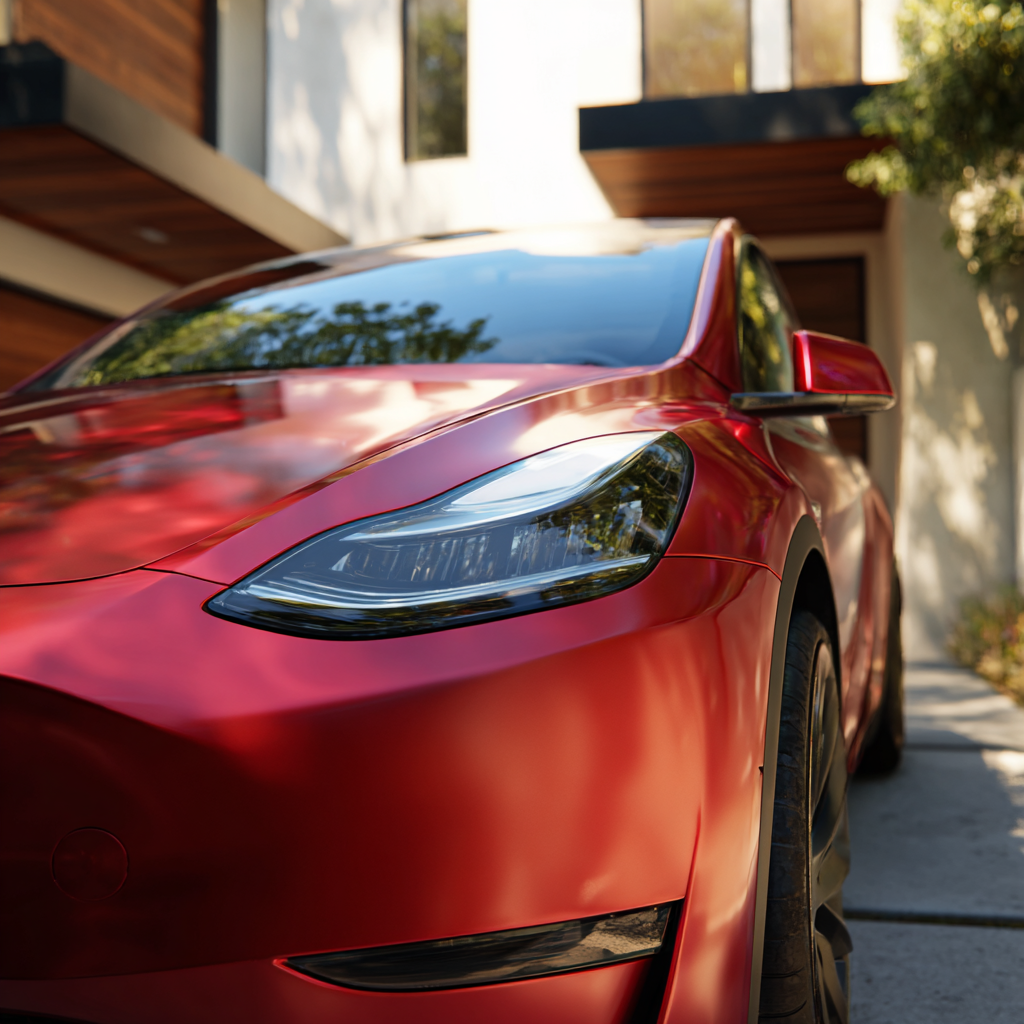

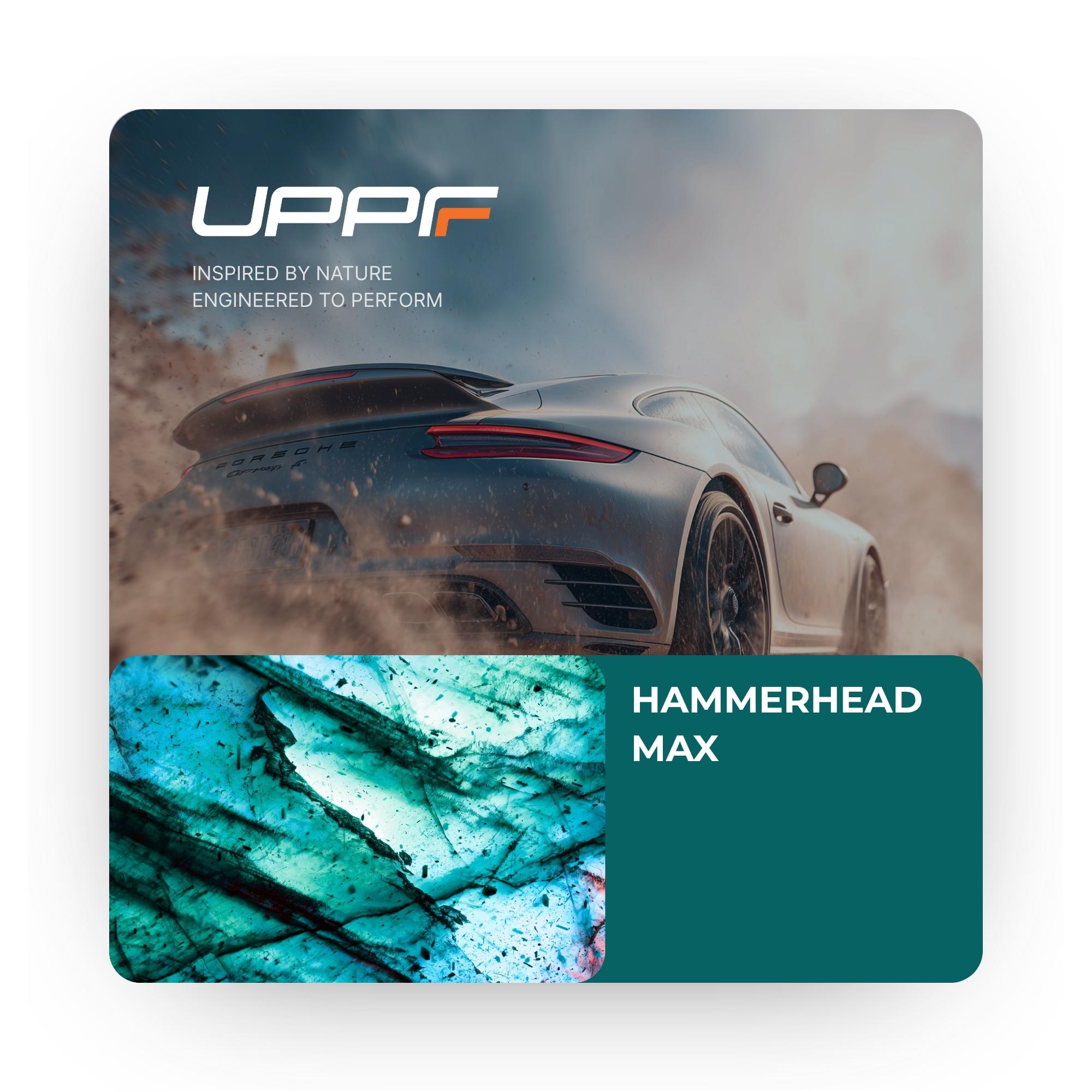
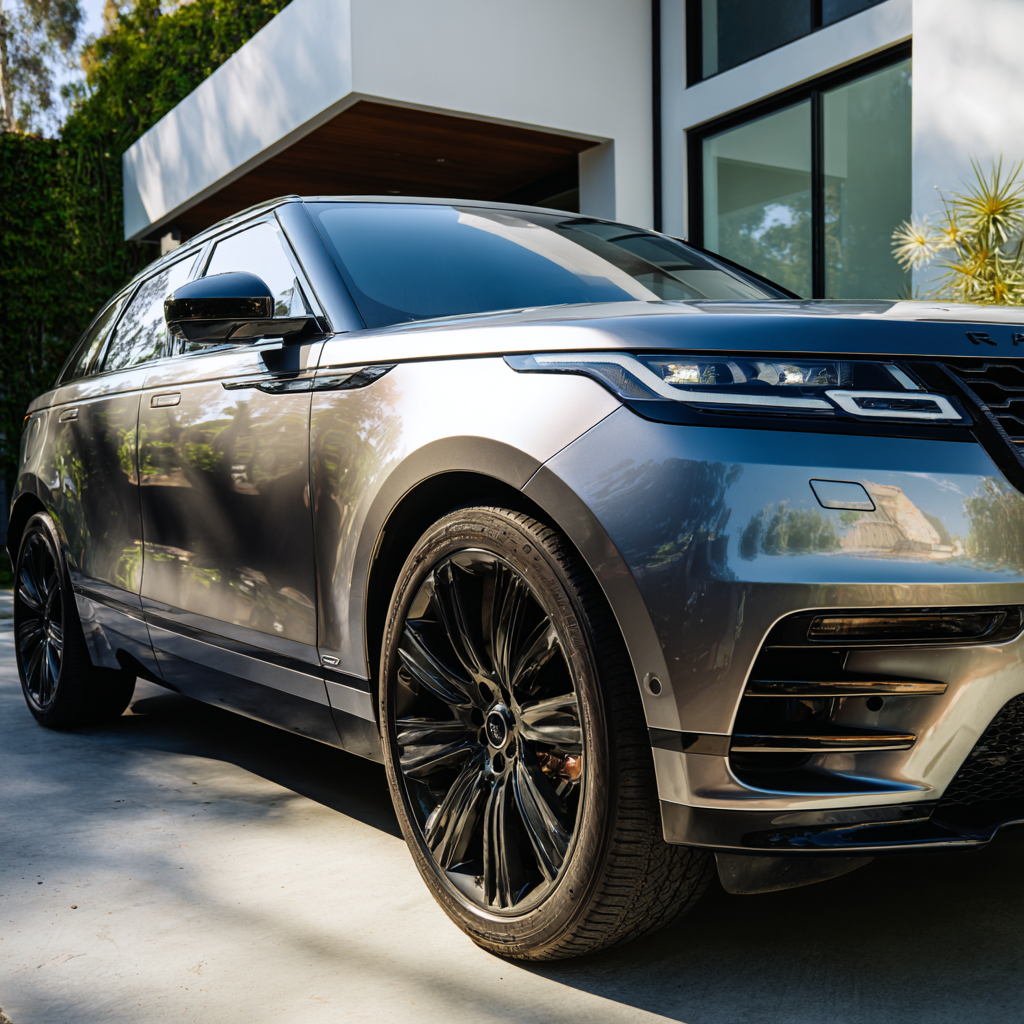

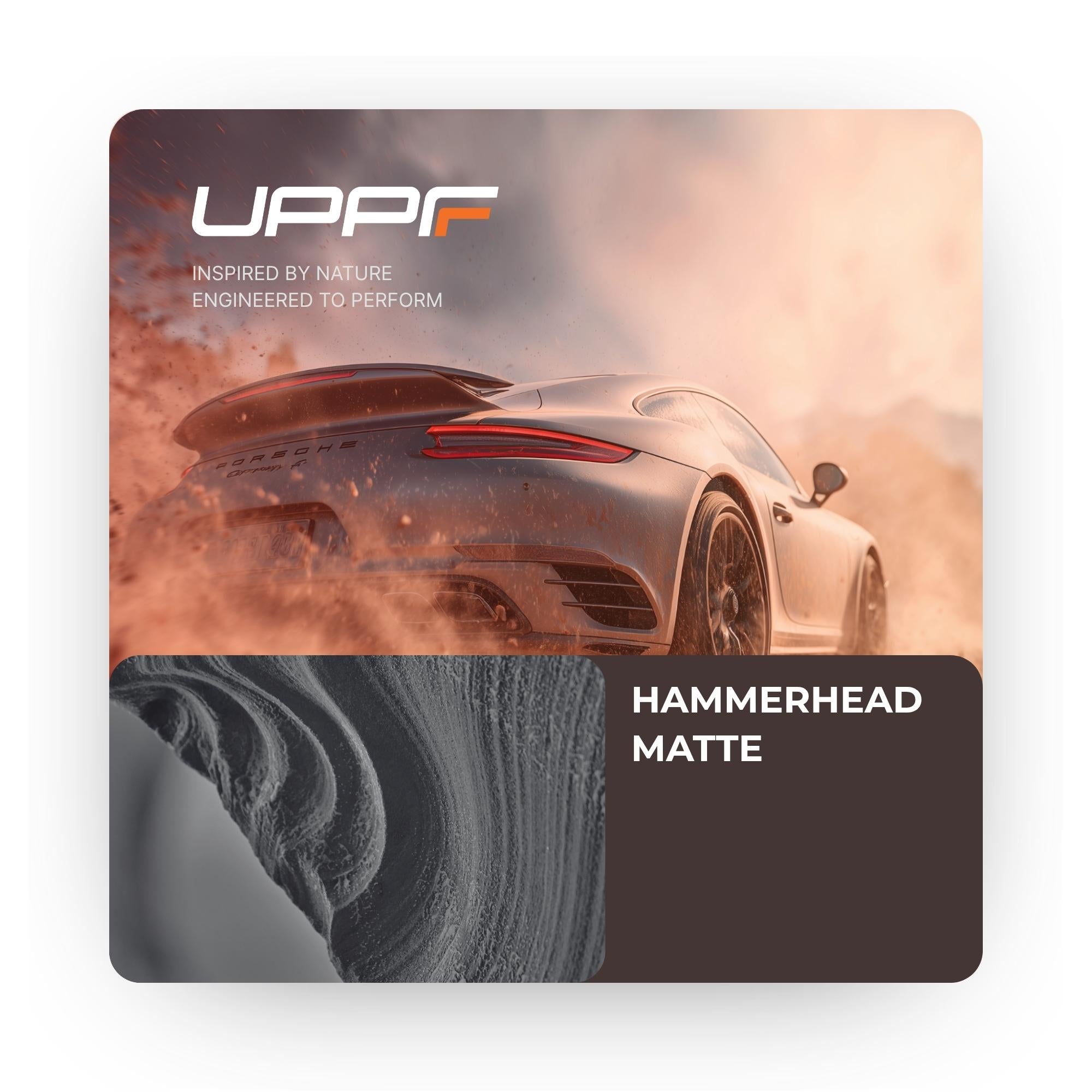

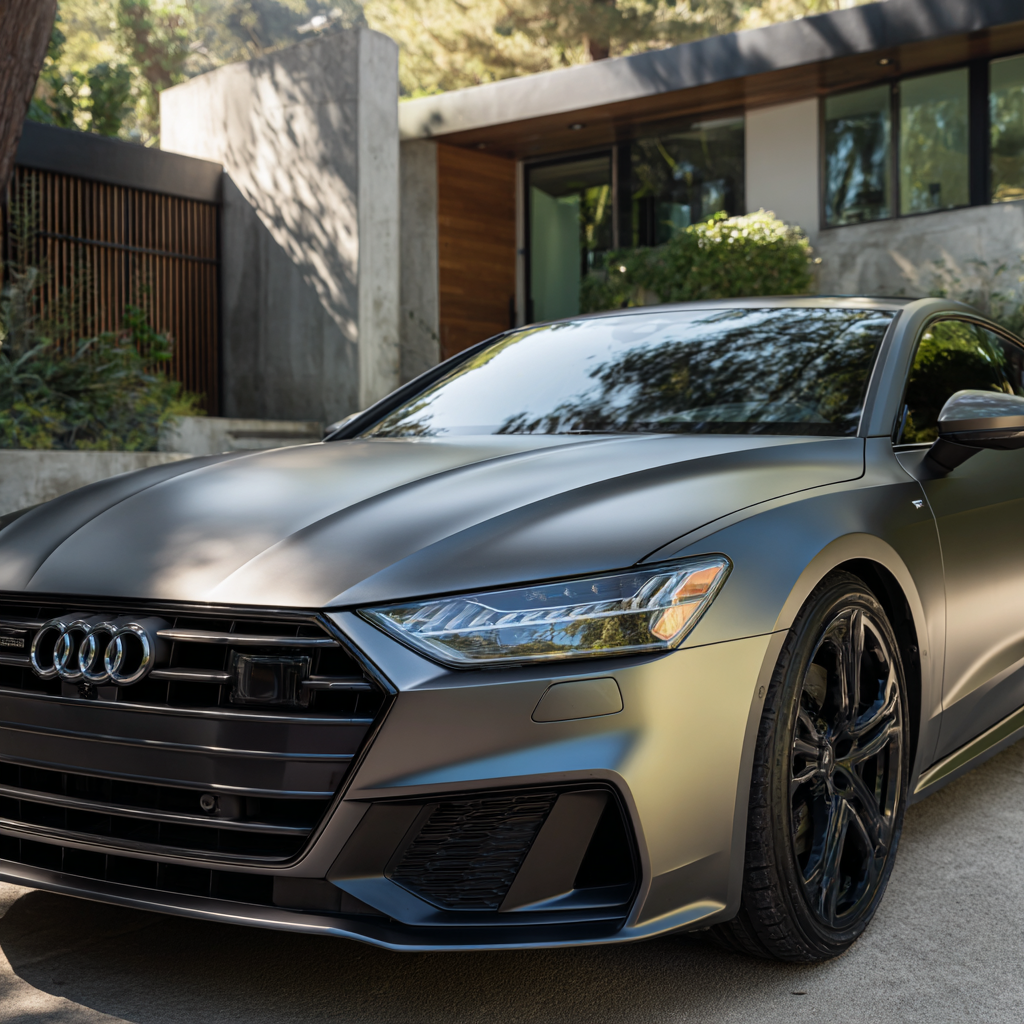
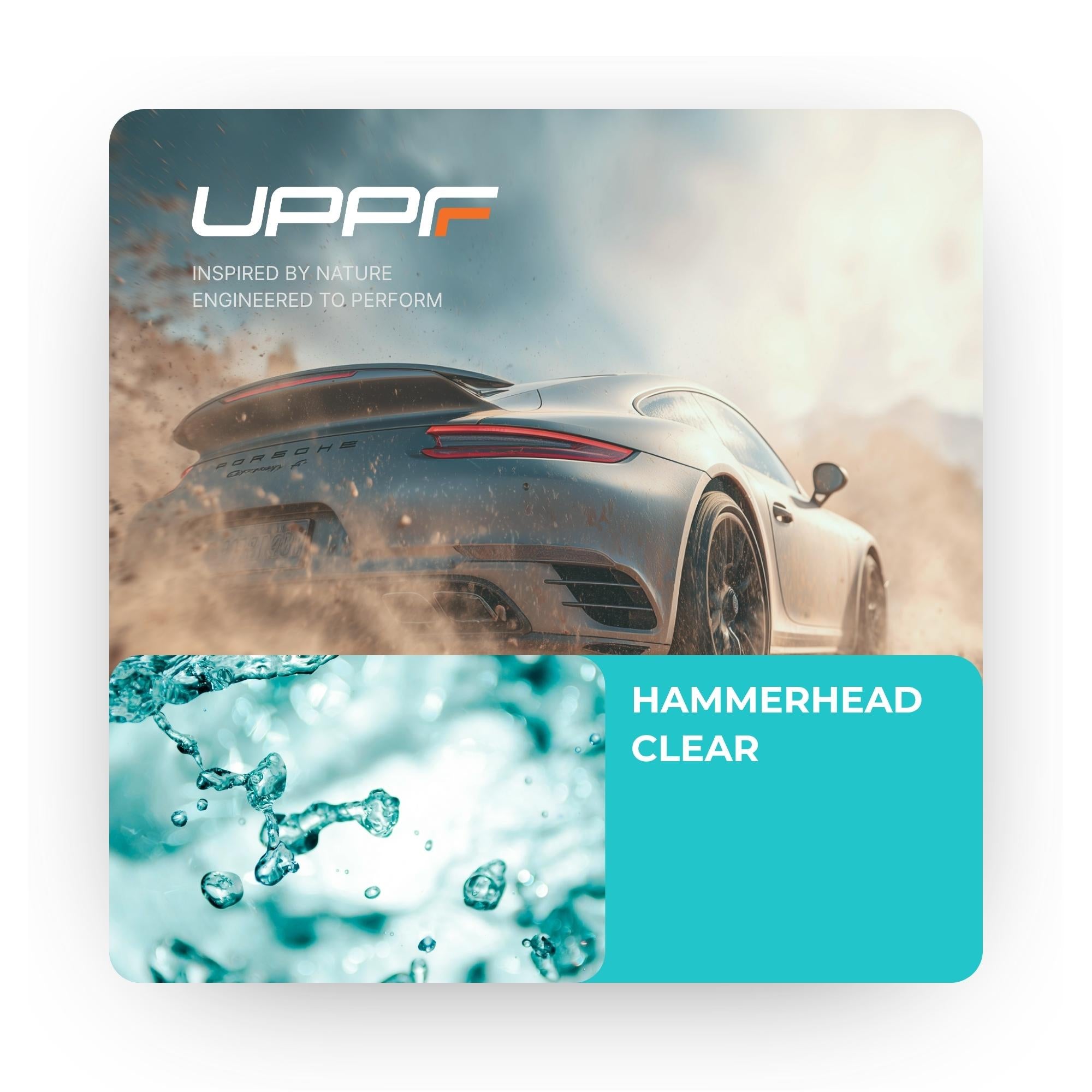


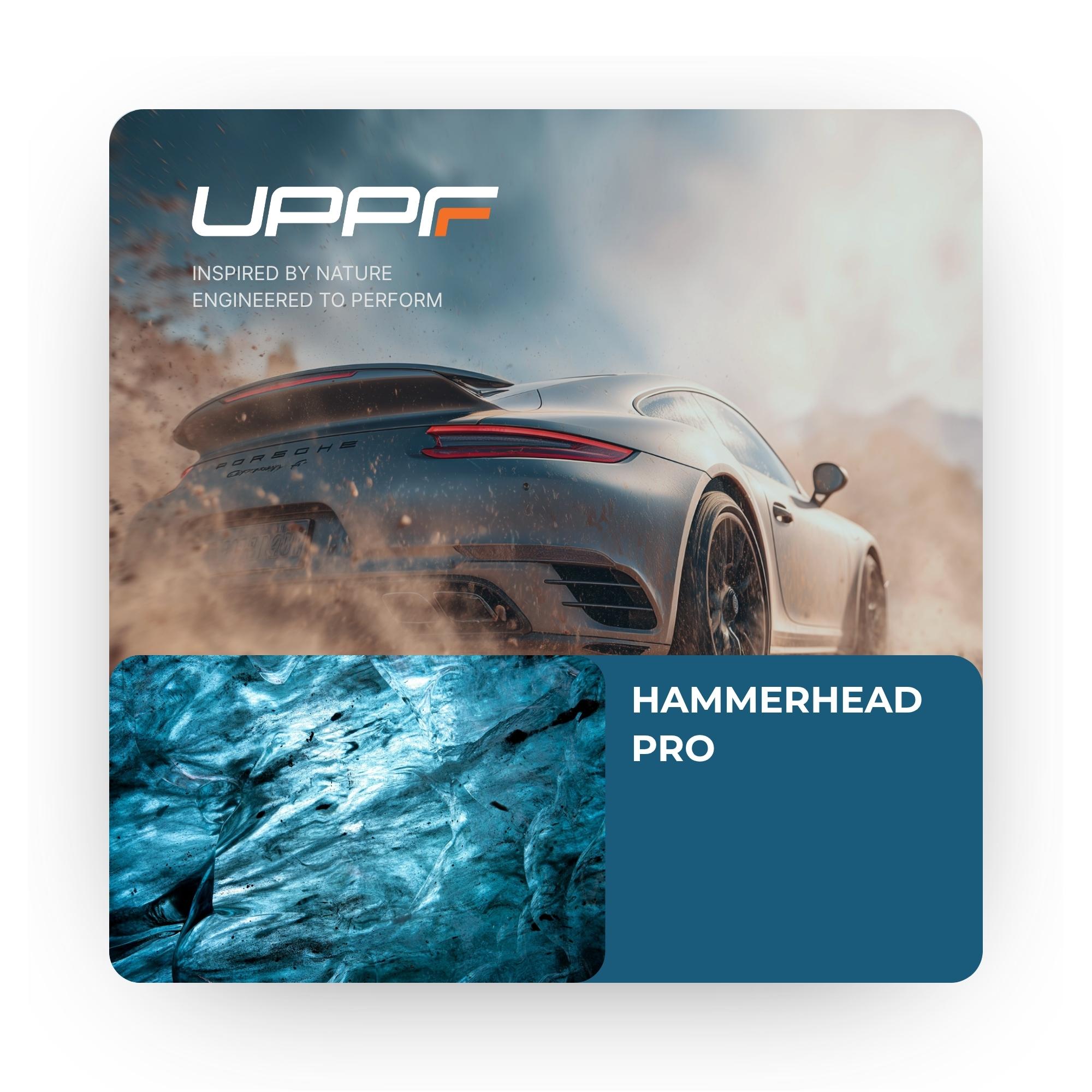



Share:
Can I use pressure washers on PPF?
Will PPF yellow or discolor over time?